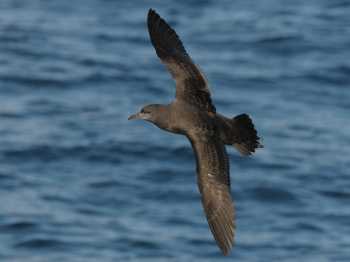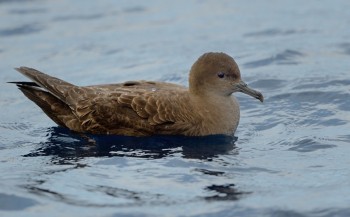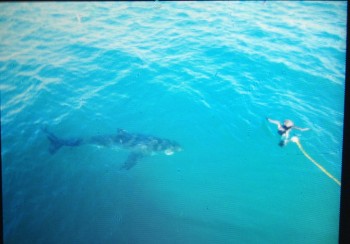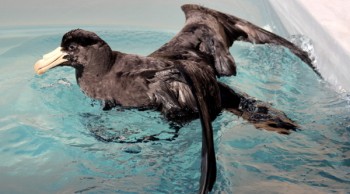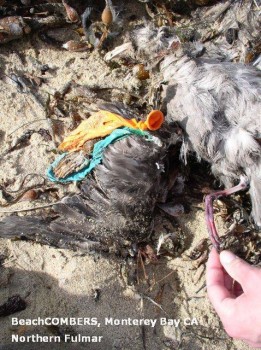Michael Tabak (Program in Ecology, Department of Zoology & Physiology, University of Wyoming, Laramie,USA) and colleagues have looked at the distribution of Brown or Norway Rats Rattus norvegicus in the Falkland Islands (Islas Malvinas)*, publishing open access in the online journal NeoBiota. The finding that rats are likely to be able to swim farther than previously thought has implications for judging the suitability of islands cleared of rats for the reintroduction or translocation of burrowing shearwaters and petrels.
The paper’s abstract follows:
“Non-native rats (Rattus spp.) threaten native island species worldwide. Efforts to eradicate them from islands have increased in frequency and become more ambitious in recent years. However, the long-term success of some eradication efforts has been compromised by the ability of rats, particularly Norway rats (Rattus norvegicus) which are good swimmers, to recolonize islands following eradications. In the Falkland Islands, an archipelago in the South Atlantic Ocean, the distance of 250 m between islands (once suggested as the minimum separation distance for an effective barrier to recolonization) has shown to be insufficient. Norway rats are present on about half of the 503 islands in the Falklands. Bird diversity is lower on islands with rats and two vulnerable passerine species, Troglodytes cobbi (the only endemic Falkland Islands passerine) and Cinclodes antarcticus, have greatly reduced abundances and/or are absent on islands with rats. We used logistic regression models to investigate the potential factors that may determine the presence of Norway rats on 158 islands in the Falkland Islands. Our models included island area, distance to the nearest rat-infested island, island location, and the history of island use by humans as driving variables. Models best supported by data included only distance to the nearest potential source of rats and island area, but the relative magnitude of the effect of distance and area on the presence of rats varied depending on whether islands were in the eastern or western sector of the archipelago. The human use of an island was not a significant parameter in any models. A very large fraction (72%) of islands within 500 m of the nearest potential rat source had rats, but 97% of islands farther than 1,000 m away from potential rat sources were free of rats.”
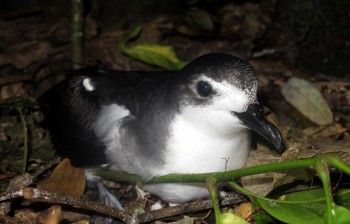
Pycroft's Petrel: being translocated in New Zealand
Click here for a related paper on rodents in the Falkland Islands (Islas Malvinas)*.
References:
Tabak, M.A., Poncet S., Passfield, K, Carling M.D. & Martinez del Rio C 2014. The relationship between distance and genetic similarity among invasive rat populations in the Falkland Islands. Conservation Genetics 16: 125-135.
Tabak, M.A., Poncet, S., Passfield, K. & Martinez del Rio, C. 2015. Modeling the distribution of Norway rats (Rattus norvegicus) on offshore islands in the Falkland Islands. NeoBiota 24: 33-48.
John Cooper, ACAP Information Officer, 21 April 2015
*A dispute exists between the Governments of Argentina and the United Kingdom of Great Britain and Northern Ireland concerning sovereignty over the Falkland Islands (Islas Malvinas), South Georgia and the South Sandwich Islands (Islas Georgias del Sur y Islas Sandwich del Sur) and the surrounding maritime areas.

 English
English  Français
Français  Español
Español 